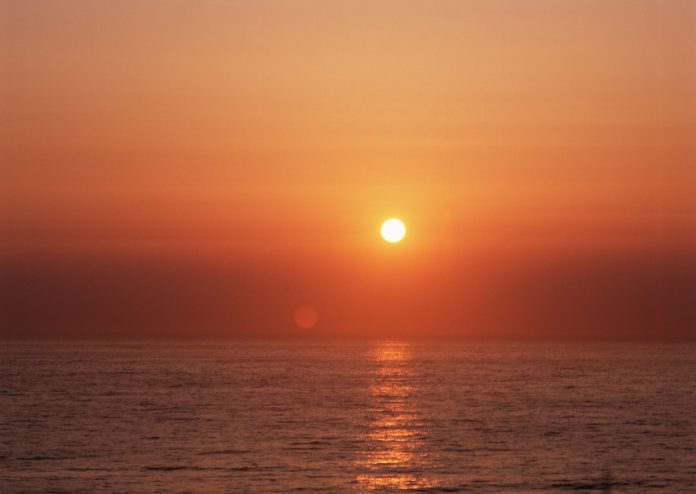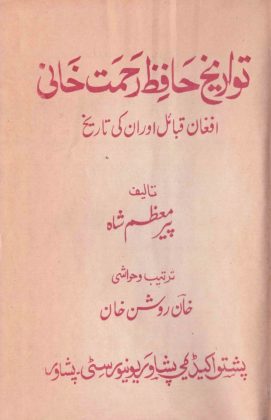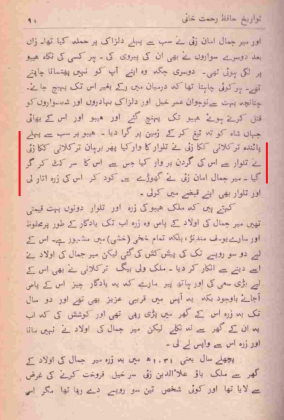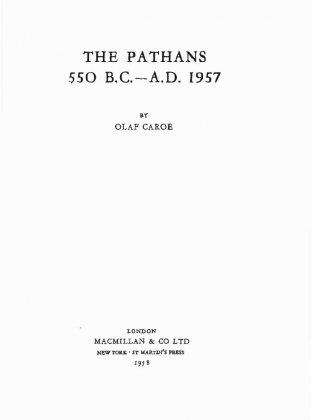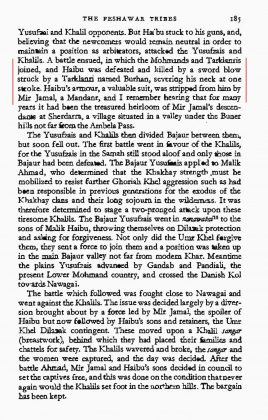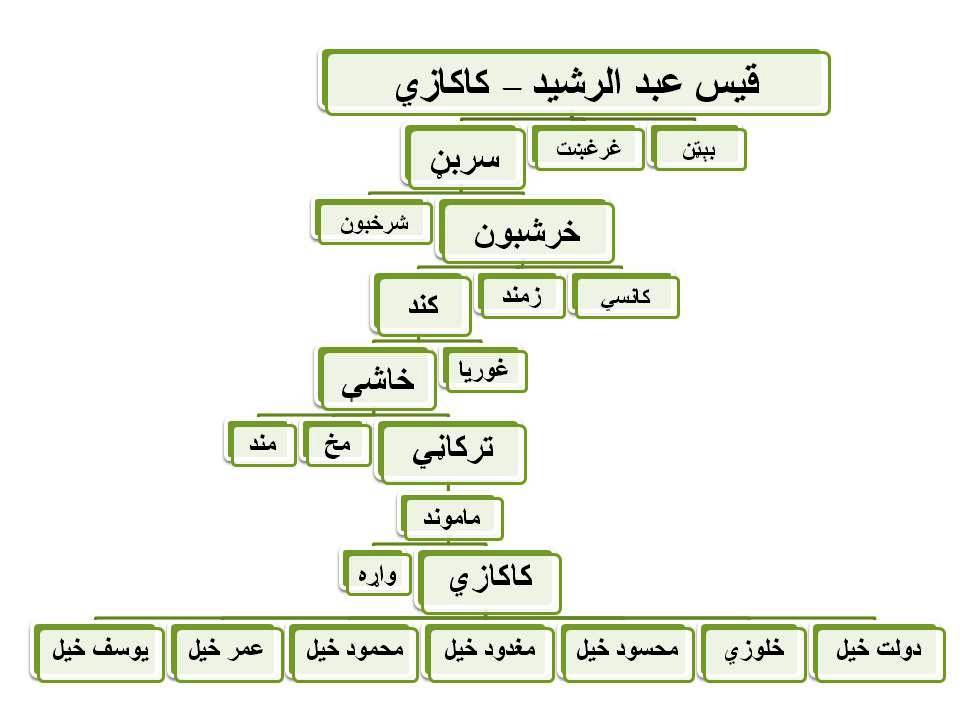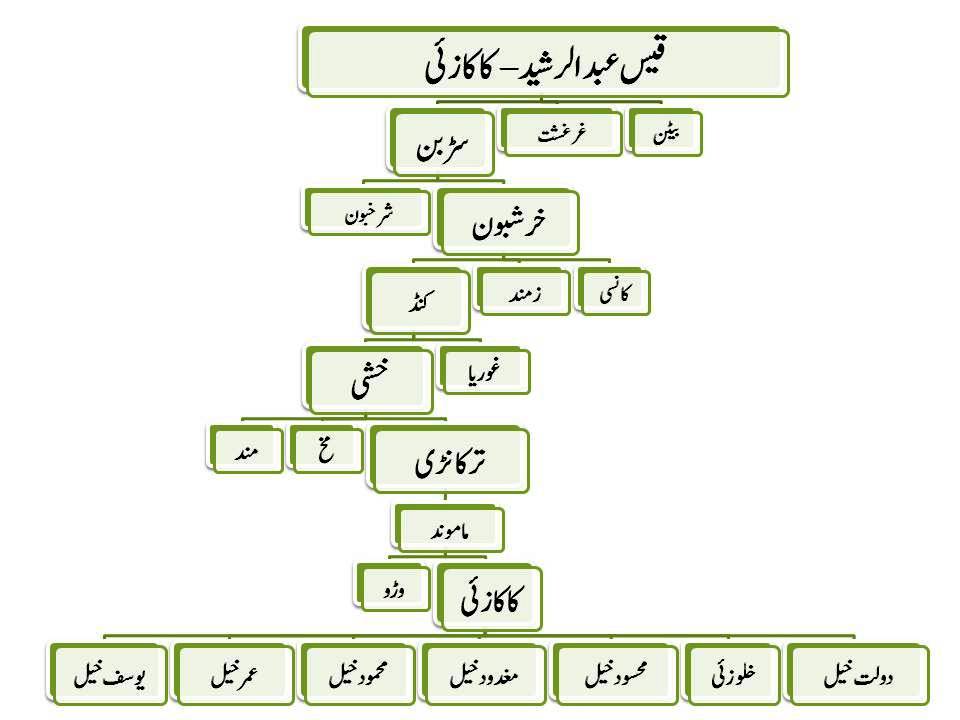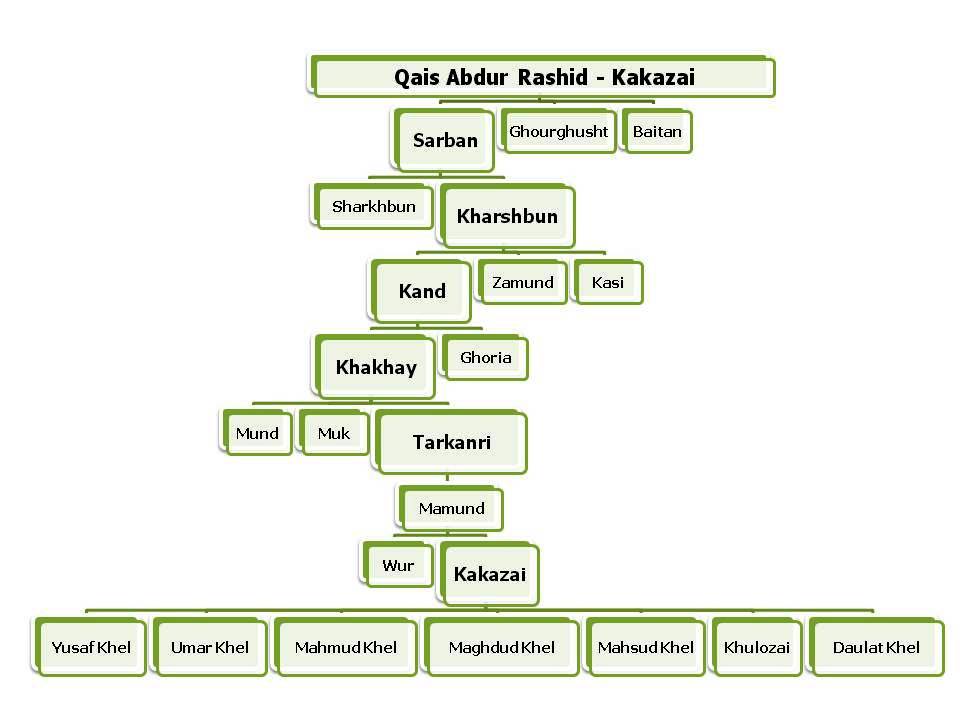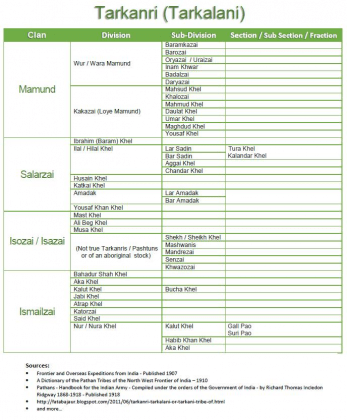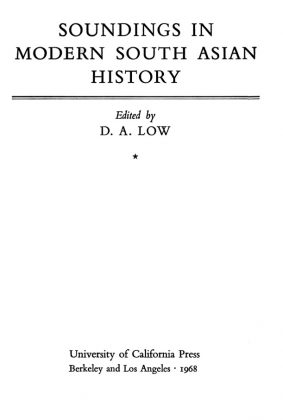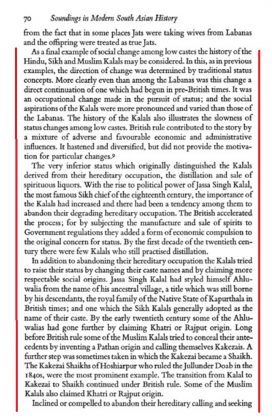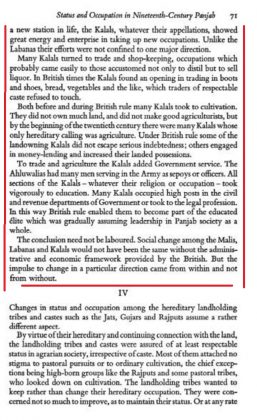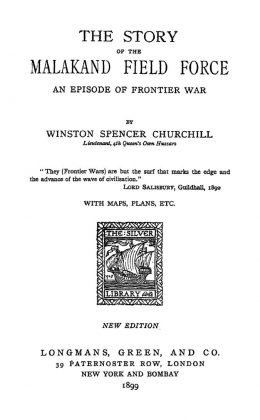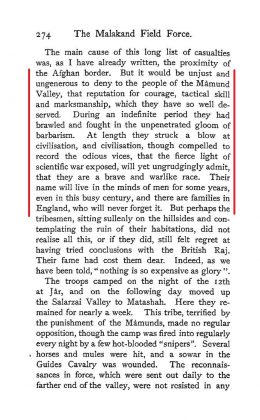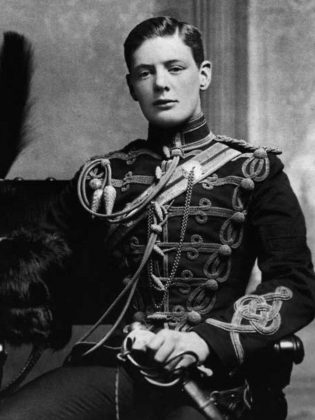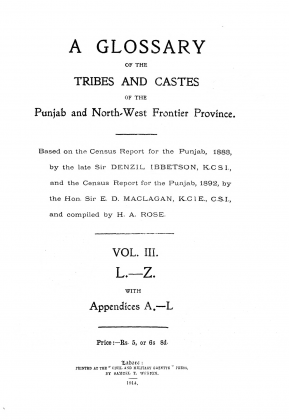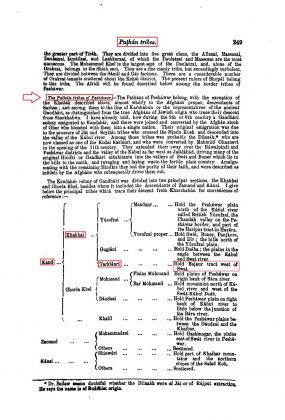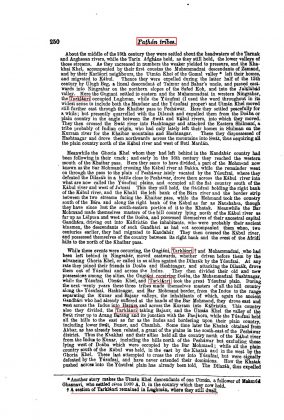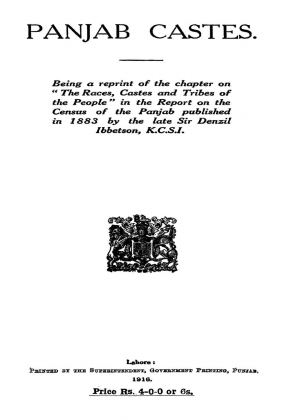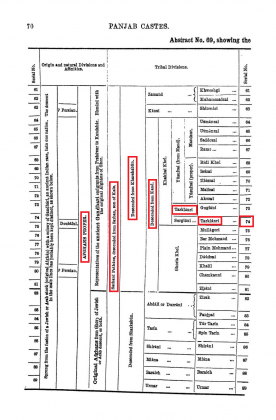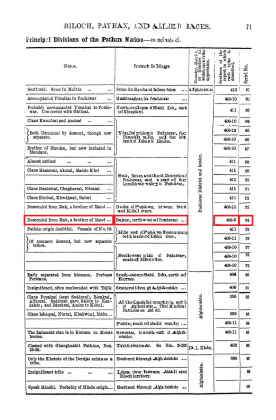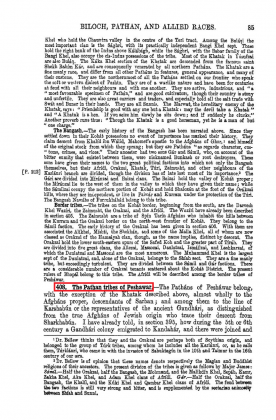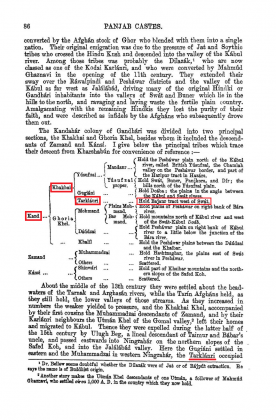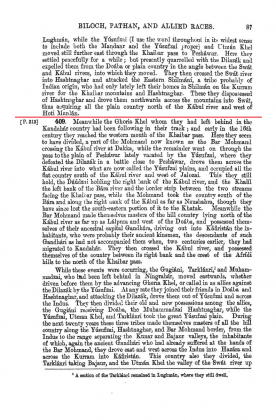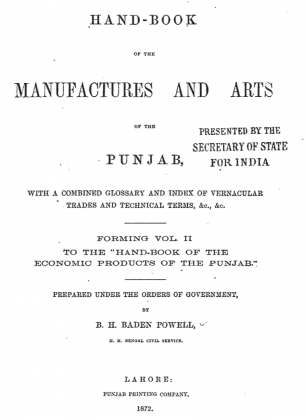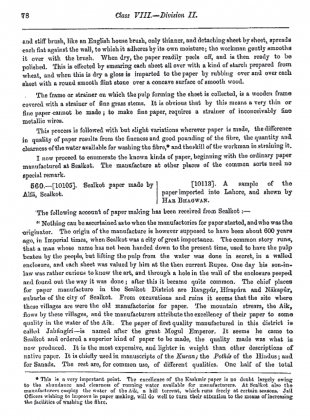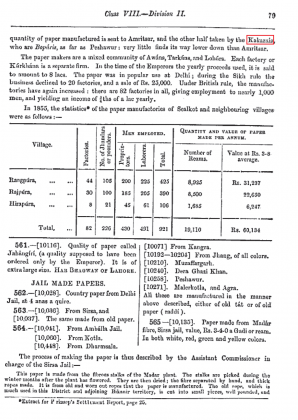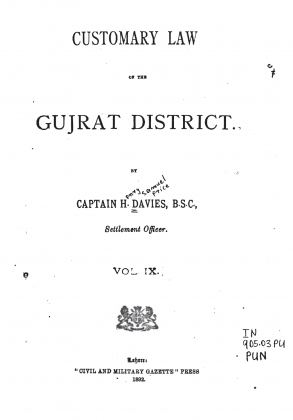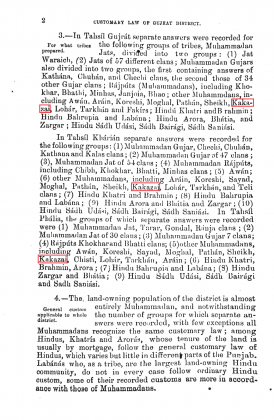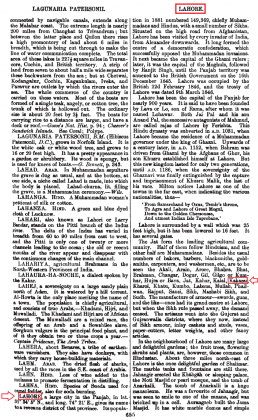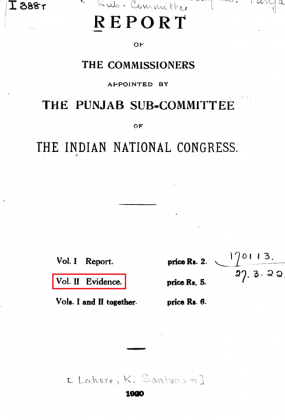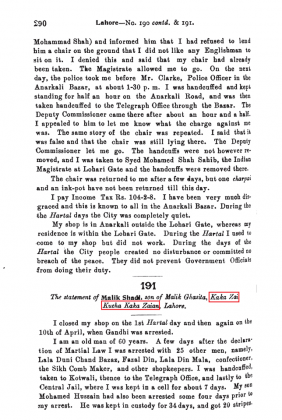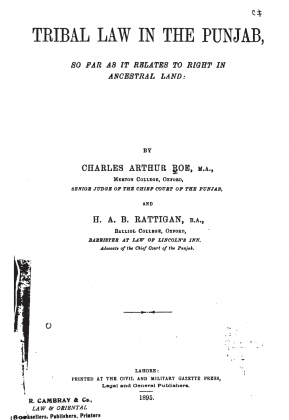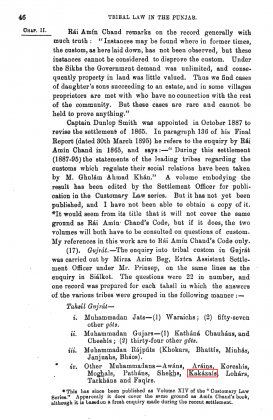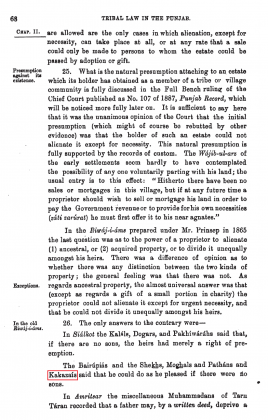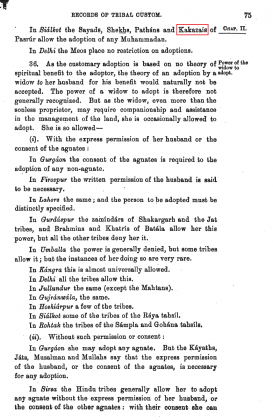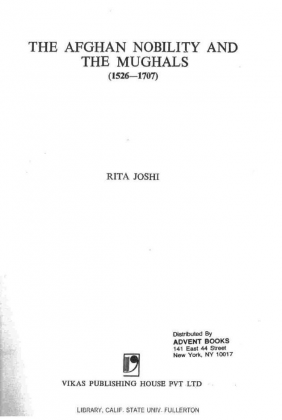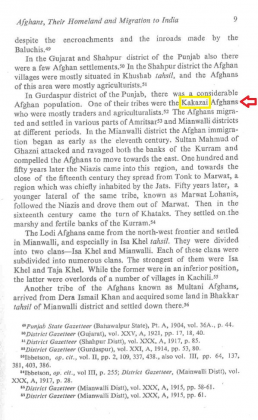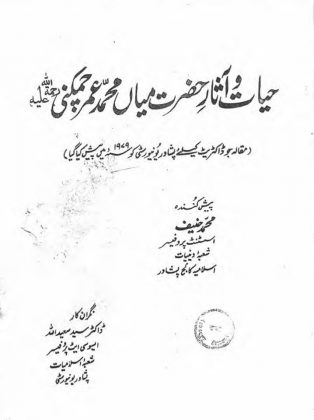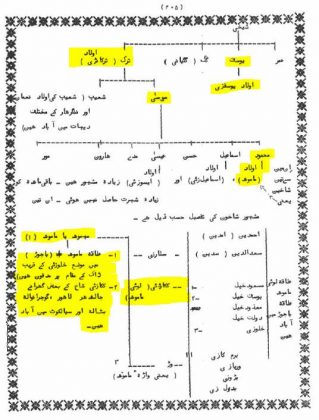For the guidance of brothers and sisters living outside Khyber Pakhtunkhwa!
The Kakazai (Loi Mamund) Pashtuns of Punjab have nothing to do with the Kalwar / Kalor / Kalwar (or Kalal, Kalal, Klar) caste.
———
According to some traditions, Qais Abdul Rashid, the great-grandfather of the Pashtuns, was the first Pashtun to visit Madinah and meet our beloved Prophet Muhammad (PBUH) in person. There, he converted to Islam, and the Holy Prophet also prayed for him (in some traditions it is also mentioned that he was given a cane by the Prophet Muhammad). For this reason, he is also called a Companion of the Prophet. His holy shrine is still present in Takht-e-Sulaiman, Darazinda, Dera Ismail Khan.

Tarkalani (spelling variants include but not limited to Tarkanri, Takani, the grandfather of the Kakazai (Loi Mamund) Pashtuns (who himself was a descendant of Qais Abdul Rashid’s son, Sarban), had four sons: Mamund, Salarzai, Isozai and Ismailzai.
Mamund (whose real name was Mahmud but was known as “Mamund” (His holy shrine still exists in Mouza Daag, Tehsil Mamund, Bajaur) had two sons. The children of the eldest son are called “Kakazai” and the children of the youngest are called “Wur”, “Wara” or “Wurzai”.
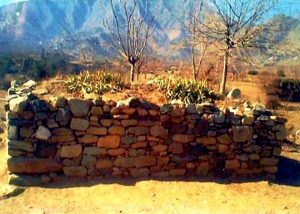
The “Kaka” is respectfully used for an elder in Pashto. And “Zai” means descendants or offspring, hence “Kakazai” means the offspring or descendants of the elder son. For this reason, the Kakazai Pashtuns are also called or known as “Loi Mamund” meaning bigger or larger Mamund.
“Wur”, meaning small/little/younger in Pashto, hence “Wurzai” means the offspring or descendants of the young son. For this reason, they are also called or known as “Wur or Wara Mamund,” meaning little or smaller Mamund.
The Kakazai (Loi Mamund) Pashtuns, along-with other Pashtun tribes, came to South Asia during invasions such as those of Mahmud of Ghazni and Bahlul Lodi, settling in various regions.
The Kakazai are primarily settled in Bajaur Agency, Pakistan, but originally hailed from the Laghman province of Afghanistan. They have been settled in Punjab as early as the 1120s as well as other areas of Afghanistan and Pakistan for centuries.
Should the above map doesn’t work properly in your browser then either please click here or visit this link: https://bit.ly/3ad7ubj
Noting the martial legacy of the Kakazai (Loi Mamund) Pashtuns, Pir Moazzam Shah in his book ‘Tawareekh-e-Hafiz Rahmat Khani’ (Page 89-91 – Originally Published in 1624 AD) and Olaf Caroe in his book ‘The Pathans 550 BC-AD 1957’ (Page 184-185 – First published in 1958), wrote about a battle between the Yousafzais and the Dilazaks in which Malik Haibu (Dilazak) was given the first sword blow by Payenda Kakazai Tarklanri but eventually got beheaded by Burhan Kakazai Tarklanri sword blow while fighting on the side of the Yousafzais in order to aid them to conquer Bajour from the Dilazaks.
The names of the main or primary Khels (clans or tribal subdivisions) of the Kakazai (Loi Mamund) Pashtuns are as follows: Daulat Khel, Khulozai, Mahsud Khel, Maghdud Khel, Mahmud Khel, Umar Khel and Yusaf Khel.
According to the books of senior Pashtun, Urdu and English historians as well as in terms of meaning in Pashto, the correct spellings are “Kakazai.”
Since Pashtuns are primarily tribal, they include nations, tribes and clans, but not castes. Therefore, “Kakazai” is not a caste, but a tribe.
————-
It is absolutely paramount that one needs to study the ancient history of Afghanistan and Indian-subcontinent, not only under the light of books and census reports written by the European or British orientalists (i.e. Olaf Caroe, Denzil Ibbetson, Horace A. Rose, Edward Douglas Maclagan) and other foreign travelers but also by the native authors (i.e. Pir Moazzem Shah, Muhammad Hayat Khan, Khan Roshan Khan, Latif Yaad), to learn about the true history, background, circumstances, tribulations and suffering of various non-Pashto speaking Pashtun tribes/clans/khels who migrated and later on settled in non-Pashto speaking areas as well as other nations, tribes, castes, races and ethnicities of the subcontinent.
Just to give you an example, British colonialists conducted censuses in 1865, 1872, 1881 and 1883 to maintain their colonial rule at the hands of British civil officers during the British rule of the subcontinent and here is what Denzil Ibbetson, who was Deputy Superintendent for the 1881 census operation in Punjab and North-West Frontier Province wrote in his 1883 Report on the exercise that “Our ignorance of the customs and beliefs of the people among whom we dwell is surely in some respects a reproach to us; for not only does that ignorance deprive European science of material which it greatly needs, but it also involves a distinct loss of administrative power to ourselves.”
Having confessed that he wrote in lieu of a description of the Pathans (Pashtuns or Pakhtuns were commonly called either Afghans or Pathans, a Sanskrit word) on Page 219 of “A Glossary of the Tribes and Castes of the Punjab and North-West Frontier Province – L-Z – Volume 3” that “The true Pathan is perhaps the most barbaric of all the races with which we are brought into contact in the Punjab. His life is not so primitive as that of the gypsy tribes. But he is bloodthirsty, cruel, and vindictive in the highest degree; he does not know that truth or faith is, insomuch that the saying Afghan be iman has passed into a proverb among his neighbors; and though he is not without courage of a sort and is often curiously reckless of his life, he would scorn to face an enemy who he could stab from behind, or to meet him on equal terms if it were possible to take advantage of him, however meanly.”
With this kind of bias and prejudice against the Pashtuns and other nations, tribes, castes, races and ethnicities of the subcontinent, Denzil Ibbetson and some of his compatriots twisted and tweaked their books, census reports and other publications to favor and reward the nations, tribes, castes, races and ethnicities who supported British colonialism (i.e. British Raj) and punish the ones who were against it using the ‘stick and carrot’ and ‘divide and conquer strategy’ and thus gave rise to a new form of scientific racism and bigotry, to serve their British Imperial agenda. It took several decades for those who were affected by such excesses, corruption and deliberate misclassification of the British Raj officials to get their history and ethnicity corrected in the Government documents but the damage had been done, albeit, they stick to their guns (for example, the Pashtuns insisted on their Pashtun heritage and stood their ground) throughout the ordeal of stigmatization and deliberate miscategorization (e.g. Those tribes, nations, races, castes and ethnic groups that were considered undesirable by the virtue of not supporting the colonial rule of the British Raj, were written in official documents, census reports, etc., as their punishment either in the wrong column or simply put them in the wrong classification or mixed them with the others to create confusion) by the then British authorities). But the repercussions of the damage done to them by the British colonialists can be heard today, even decades after they left the subcontinent.
In the opinion of Crispin Bates, Modern and Contemporary South Asian history professor at Britain’s Edinburgh University, in his book, “Race, Caste and Tribe in Central India: the early origins of Indian anthropometry,” on the topic of these census reports, “….by far the least structured census ever conducted in the subcontinent and a printer’s nightmare, since rather than fit the population into pre-determined categories census takers asked relatively open-ended questions about religious beliefs and occupations. The result was a proliferation of columns concerning occupations in particular. Individuals appeared as ‘con-man’, ‘pimp’, ‘prostitute’, ‘idiot’ and ‘thief, or however else they might appear or describe themselves. Worse still, castes and tribes were listed as to whether they were ‘animist’, Christian, Hindu or Mohammedan, with little structure or system beyond the self-representation of the respondents.” Furthermore, the methods adopted by the British Raj officials, Bates wrote “…not only did [classification by occupation] allow for the possibility of unhealthily egalitarian conclusions about the ethnic mixing of the Indian population, and the possibilities for change in economic and social status, but it also directly conflicted with the racist ideas about Indian social structure that had by then been largely confirmed in the minds of administrators by more than a generation of anecdotal writing. The response was to seek for a new method that would confirm ‘scientifically’ what were now ingrained prejudices.”
————-
Some of the Kakazai Pashtuns of Punjab (at that time Pashtuns were called Pathans, a Sanskrit word for Pashtuns or Afghans because they came from Afghanistan and settled in Punjab and beyond), who settled in Punjab before 1121 AD and came to the subcontinent along with other Pashtun tribes, Niazi, Burki, Yousafzai, etc., with the forces of Mahmud Ghaznavi, Bahlol Lodhi and others, fell victim to above-mentioned ordeal at the hands of the British Raj Officials.
The Kalwar, (or Kalal, Kalar) are an Indian caste historically found in Uttar Pradesh, Rajasthan, Punjab, Haryana, and other parts of north and central India. The caste is traditionally associated with the distillation of liquor, but around the start of the 20th century assorted Kalwar caste organizations sought to leave that trade and redefine their community. Because their hereditary occupation of distilling and selling liquor was considered degrading, the Kalals held a very low status and were relegated to the status of traditional caste hierarchy in South Asia. Thus, some of them converted to Sikhism (which is a new religion compared to Islam, while the Pashtuns have been Muslims since the time of Qais Abdul Rashid) and some converted to Islam.
The situation of the Kalals who converted to Sikhism (i.e. Sikh Kalals) changed when their chief, Jassa Singh Kalal, rose to political power in the 18th century. Jassa Singh styled himself as Ahluwalia after the name of his native village, Ahlu, and established the ruling dynasty of the Kapurthala State. After the rise of Jassa Singh Kalal, other Sikh Kalals also adopted Ahluwalia as the name of their caste, and began to abandon their hereditary and traditional profession. Regulations on the production and sale of wine imposed by the colonial British administration accelerated this process, and by the early 20th century, most Kalals had abandoned their hereditary and traditional occupations. By this time, the Ahluwalias had begun to claim to be Khatris or Rajputs in order to enhance their social status.
The Kalals, who converted to Islam (i.e. Muslim Kalals), following in the footsteps of the Kalals who converted to Sikhism (i.e. Sikh Kalals), elevated their social status by adopting the Pashtun identity of the Kakazai (Loi Mamund) Pashtuns who were already present in Punjab for centuries. Some of these Kalal-turned-Kakezais, such as the Hoshiarpur family that ruled the Jalandhar Doab in the 1840s, further raised their status by claiming to be high-caste Shaikhs. Like the Sikh Kalals, some Muslim Kalals also claimed Khatri or Rajput origin. In the 1890s, Kalwars in Allahabad were claiming themselves to be of the Kshatriya status.
————-
In the decades when the Pashtun tribes in the northwestern province of British Raj (now Khyber Pakhtunkhwa) were fighting to defend and protect their territory against British colonialism in different parts of the province, the residents of Mamund Valley, Kakazai (Loi Mamund) tribe and his younger brother, Wara Mamund tribe were defending theirs in Mamund Valley (named after Mamund, the Father of Kakazai Pashtuns, whose ancient name is Watelai Valley.), Bajaur, whose moments of bravery were captured by Winston Churchill in his books “The Story of Malakand Field Force” as “…it would be unjust and ungenerous to deny to the people of the Mamund [the spelling then used] Valley, that reputation for courage, tactical skill and marksmen which they have so well deserved. During an indefinite period they had brawled and fought, in the unpenetrated gloom of barbarism. At length they struck a blow at civilisation, and civilisation will yet ungrudgingly admit that they are a brave and warlike race. Their name will live in the minds of men for some years, even in this busy century, and there are families in England who will never forget it.” — Winston Churchill, The story of the Malakand field force: an episode of frontier war by Winston Churchill, b 1874 – d 1965 (Page 274)
Denzil Ibbetson, and his fellow British Raj officers, in some of their census reports and its columns, not only listed the Kalal-turned-Kakezais with the Kakazai (Loi Mamund) Afghan Pathans (i.e. Pashtuns, Pakhtuns), who had lived in Punjab for centuries since 1120s AD but also tried to justify it further in the summary by writing that these Kakazai (Loi Mamund) were originally Kalals and after became “Kakezai” to elevate their social status although the facts were totally the opposite.
These mistakes, errors, miscategorizations or whatever one calls it, intentional or unintentional or due to lack of knowledge on the part of British Raj officials about the Kakazai (Loi Mamund) Pashtuns’ presence in Punjab for centuries, however, led to a plethora of mistakes when Denzil Ibbetson, Horace Arthur Rose (H.A. Rose) and Edward Douglas Maclagan repeated them in their subsequent books (i.e. “A Dictionary of the Tribes and Castes of the Province of Punjab and the North-West Frontier Province”, by Denzil Ibbetson, “The Punjab Castes”, being a reprint of the chapter on “The races, castes, and tribes of the people” in the report on the census of the Panjab) and other authors rehashed them by quoting and solely relying upon the content of the census reports and other material authored and produced by above-mentioned British Raj official without further investigation, research or due diligence.
An important and noteworthy aspect of this whole ordeal faced by the Kakazai (Loi Mamund) Pashtuns of Punjab is that quite ironically Denzil Ibbetson, Horace Arthur Rose (H.A. Rose) and Edward Douglas McLagan did not only mention the Tarklani, grandfather of Kakazai (Loi Mamund) Pashtuns, in their books, “A Glossary of the Tribes and Castes of the Punjab and North-West Frontier Province – LZ – Volume 3 – on pages 249-250 and Denzil Ibbetson in his book “Panjab Castes” on pages 70-71 and 86-80, but also published a number of Family Trees – albeit incorrect – thereby contradicting themselves and admitting, indirectly, that Kakazai Pashtuns of Punjab are, in fact, Pathan or Afghan.
—
If we consider the Kakazai of Punjab only, then the following books published during the British Raj era acknowledge their existence in Punjab:
“Handbook of the Manufactures And Arts of the Punjab – With A Combined Glossary And Index of Vernacular Traders and Technical Terms, & c., & C. – Forming Vol. II – To The “Handbook of The Econocim Products of the Punjab” – Prepared Under the Order of Government by Baden Henry Baden-Powell (HM Bengal Civil Service) ”- Page 78 and 79
Acknowledges Kakazai Traders in Sialkot (spelled as ‘Sealkot’) and as far as Peshawar
(Originally Published in 1872)
—
“Customary Law of the Gujrat District” – Volume IX – by Captain H. Davies (Settlement Officer) – Page 2
Acknowledgments of the Kakazai Tribe in Gujrat, Kharian and, Phalia
(Originally Published in 1892)
—
“The Cyclopedia of India and of Eastern and Southern Asia” – by Edward Balfour (Page 655) – Originally Publish in 1885 ::
Acknowledges the Kakazai Pashtuns in Lahore
—
“Report of the Commissioners Appointed by the Punjab Sub-Committee of the Indian National Congress, Indian National Congress. Punjab Subcommittee ”- Volum II – Evidence – Page 290, 291, 292 and more
Acknowledgments Kakazai, Kucha Kakazaian and Kakazaian Street in Lahore
(Originally Published in 1920)
—
“Tribal Law in the Punjab – So Far As It Relates To Right In Ancestral Land” – by Charles Arthur Roe (Senior Judge of the Chief Court of the Punjab) and HA Rattigan (Barrister At Law of Lincoln’s Inn) :: Page 46, 68, 75
Acknowledges the Kakazai in Sialkot, Pasrur and other places (Originally Published in 1895)
—
“The Afghan Nobility and the Mughals: 1526-1707” – by Rita Joshi – Page 9 – Vikas Publ. House, New Delhi, India. ISBN 978-0706927528.
More references in Pashto, Urdu and English about the Kakazai (Loi Mamund) Pashtuns are available at this link.
It is noteworthy that not only has a DNA study been conducted on the Kakazai (Loi Mamund) Pashtuns, along with some other Pashtun tribes, but also a Ph.D. thesis mentions the background of the Kakazai Pashtuns in Punjab.
However, in order to rectify these errors in the official documents, the Kakazai of Punjab approached the courts and eventually rectified it. The protagonists of the story of all these struggles, the Kakazai, who fought for their rights in the courts of the British colonialists are not alive, but their descendants are still in Punjab to witness the struggle of their elders. Some of its records are still available in the Kakazai Association of Lahore, which is one of the oldest Kakazai Association in Pakistan and Punjab and was founded before the formation of Pakistan during the British Raj era. Parts of the story of this struggle were narrated by Abul Mahmud Hidayatullah Sohdarawi (who was unfamiliar with Pashto due to the presence of Kakazis in Punjab for many centuries) in his book “Hidayt-e-Afghani, popularly known as Tareekh-e-Kakazai Tarkani”, published in 1933. Although the direct British Raj over the subcontinent is over, the repercussions and echos of their mistakes are still heard today, sometimes from our own people or from foreigners in their books, videos, etc.
Therefore, it suffices to say that the Kakazai (Loi Mamund) Pashtuns of Punjab have nothing to do with the Kalwar / Kalor / Kalwar (or Kalal, Kalal, Klar) caste.
© www.kakazai.com


